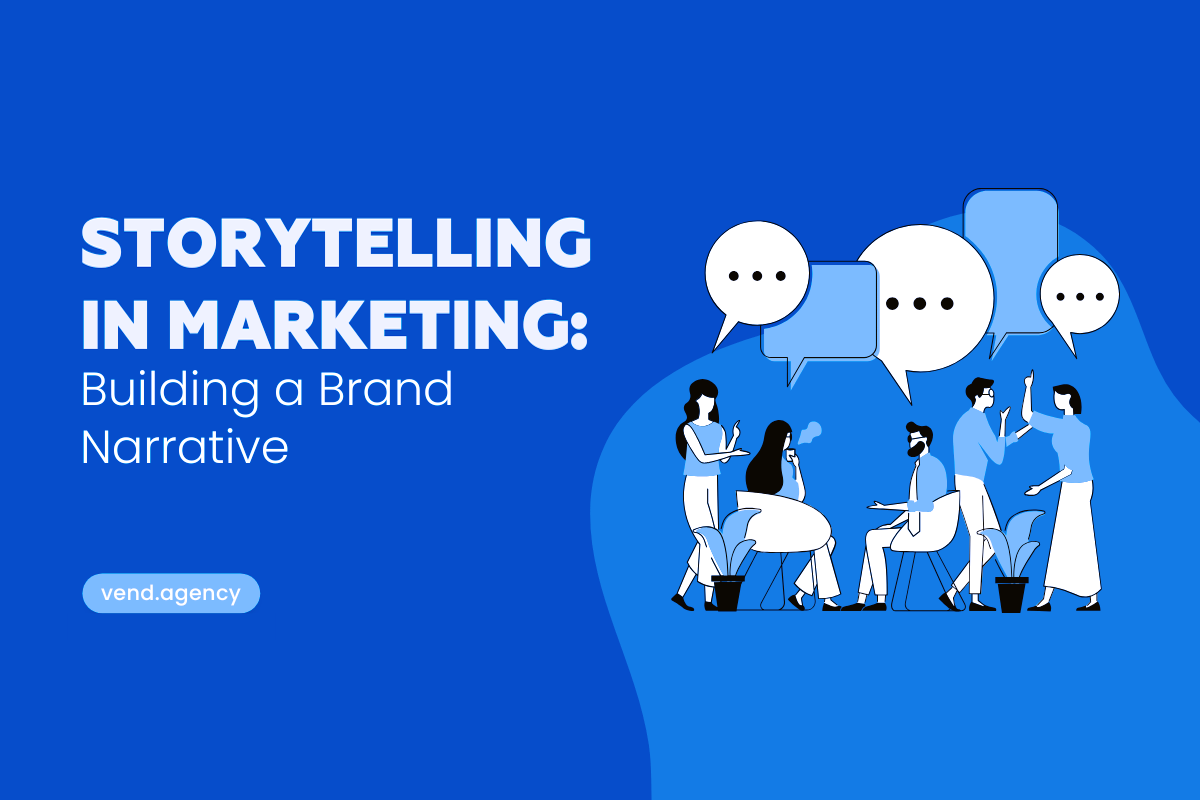
Storytelling in Marketing: Building a Brand Narrative
In the digital age, where consumers are bombarded with countless ads, storytelling has emerged as a powerful technique to create a lasting impression. It’s about crafting a narrative that resonates with your audience, turning your brand from just another option to a relatable entity. This post delves into the art of storytelling in marketing and how it can be effectively used to build a compelling brand narrative.
The Power of Storytelling in Marketing
- Emotional Connection
Stories have the power to evoke emotions, making them memorable and engaging. This emotional connection can transform passive viewers into loyal brand advocates.
- Differentiation
In a crowded market, a unique story can set your brand apart, making it more recognizable and relatable to your audience.
Elements of a Strong Brand Narrative
- Authenticity
Authentic stories resonate more with audiences. Share real experiences, challenges, and successes that your brand has encountered.
- Relatability
Craft narratives that reflect your audience’s experiences or aspirations. When customers see themselves in your story, they form a personal connection with your brand.
- Consistency
Ensure your brand story is consistent across all channels. Consistency reinforces your message and strengthens brand recognition.
Strategies for Effective Storytelling
- Know Your Audience: Understand your audience's values, needs, and pain points. Tailor your story to speak directly to them.
- Incorporate Storytelling in Various Formats: Utilize different formats like blog posts, videos, social media, and even packaging to tell your story.
- Use Visuals: Combine your narrative with powerful visuals. Images and videos can make your story more engaging and easier to digest.
Telling Your Brand’s Story
- Origin Stories: Share how your brand was born, the motivations behind it, and the journey so far. This can build a deeper understanding and appreciation among your audience.
- Customer Stories: Showcase testimonials and stories from satisfied customers. This not only serves as social proof but also makes your brand more relatable.
- Behind-the-Scenes: Give your audience a peek behind the curtains. Showing the human side of your brand, like your team and work culture, can foster trust and loyalty.
Measuring the Impact of Your Brand Narrative
- Engagement Metrics: Track engagement on the platforms where you share your story. Comments, shares, and likes can indicate how well your narrative is resonating.
- Brand Sentiment Analysis: Use tools to analyze how people feel about your brand. Are they responding positively to your narrative?
- Sales and Conversion Rates: Monitor any changes in sales or conversion rates after implementing your storytelling strategy. An uptick could signal a successful narrative.
Conclusion
Storytelling in marketing isn’t just about selling a product or service; it's about connecting with your audience on a deeper level. A well-crafted brand narrative can transform your marketing strategy, creating a bond with your audience that goes beyond the transactional. In the world of digital marketing, where authenticity and emotional connection are increasingly valued, storytelling can be your key to building a memorable and beloved brand.
A great way to start getting to know your business - just to call. Leave a form, and we will delve into your enterprise challenges and offer the best solutions.
